Dances in Paraguay: A Harmonious Tapestry of National and Regional Dances
Introduction:
Paraguay, situated in the heart of South America, is a nation characterized by its rich cultural heritage and a vibrant tapestry of dance traditions that reflect the diverse influences shaping its identity. From the rhythmic exuberance of the Paraguayan polka to the soulful expressions of the Guarania, the national and regional dances of Paraguay encapsulate the spirit, history, and cultural amalgamation of this landlocked country. This exploration aims to delve into the origins, characteristics, and cultural significance of Paraguay’s national and regional dances.
I. National Dances:
1.1 Paraguayan Polka: A Spirited Dance of Unity
The Paraguayan polka stands as a quintessential national dance, embodying the dynamic fusion of indigenous, European, and African influences. Characterized by fast-paced footwork, intricate turns, and joyful expressions, the Paraguayan polka serves as a symbol of unity and celebration. The dance is often accompanied by traditional instruments like the guitar, harp, and accordion, creating a lively and harmonious atmosphere that resonates with the spirit of Paraguay.
1.2 Guarania: Soulful Melodies in Motion
Contrasting the spirited energy of the polka, the Guarania is a national dance that unfolds as a slower, more contemplative expression of Paraguayan identity. Accompanied by the poignant melodies of the harp and guitar, the Guarania encapsulates the essence of Paraguay’s rural landscapes and the bittersweet narratives of love, nature, and nostalgia. This soulful dance reflects the emotional depth and cultural sensitivity inherent in Paraguayan musical and dance traditions.
II. Regional Dances:
2.1 Bottle Dance: Mburucuyá’s Whirling Elegance
The Bottle Dance, originating in the Mburucuyá region, is a traditional Paraguayan dance that showcases exquisite elegance and precision. Dancers balance bottles on their heads while executing graceful movements, turns, and spins. This dance is a testament to the skill and poise of Paraguayan dancers and has become a distinctive representation of the country’s cultural diversity.
2.2 Pericón Nacional: Celebrating Festivity in Villarrica
Pericón Nacional, prevalent in the city of Villarrica, is a festive dance that radiates exuberance and communal celebration. Accompanied by lively music and colorful costumes, the dance involves intricate footwork and joyful interactions between dancers. Pericón Nacional is often performed during local festivals and cultural events, reflecting the vivacity of Paraguay’s cultural expressions.
2.3 Pajaro Campana: Echoes of the Countryside
Pajaro Campana, rooted in the rural traditions of Paraguay, is a dance that reflects the agricultural heritage of the country. The dance imitates the movements of birds and the ringing of bells, creating a visual and auditory spectacle. Pajaro Campana serves as a celebration of Paraguay’s countryside and its connection to nature, embodying the simplicity and beauty of rural life.
2.4 Danza de la Botella: A Festival of Precision in Concepción
Danza de la Botella, originating in Concepción, is a dance that combines elements of dance, music, and precision. Dancers skillfully balance bottles on their heads while executing choreographed movements and turns. This dance form showcases the cultural distinctiveness of Concepción and highlights the dexterity and artistry of Paraguayan dancers.
2.5 Arpa Roga: Harp Enchantments in Itapúa
Arpa Roga, prevalent in the Itapúa region, is a dance that revolves around the enchanting melodies of the harp. Dancers move gracefully to the harmonic tunes, creating a visual and auditory symphony. Arpa Roga embodies the musical richness of Paraguay and pays homage to the traditional use of the harp in the country’s folkloric expressions.
III. Characteristics of Paraguayan Dances:
3.1 Cultural Fusion: The Essence of Paraguayan Identity
Paraguayan dances are characterized by a unique blend of indigenous, European, and African influences, reflecting the country’s historical and cultural amalgamation. The Paraguayan polka’s energetic footwork and Guarania’s soulful melodies exemplify this fusion, creating a distinctive cultural identity that resonates in the diverse regional dances.
3.2 Expressive Footwork: The Language of Dance
Paraguayan dances often feature expressive footwork that communicates narratives, emotions, and cultural significance. Whether in the swift movements of the polka, the precision of the Bottle Dance, or the graceful steps of Arpa Roga, the footwork becomes a language through which Paraguayans express their cultural heritage and stories.
3.3 Musical Accompaniment: Harmonious Melodies
Music is an integral component of Paraguayan dances, with traditional instruments like the harp, guitar, and accordion playing a central role. The harmonious melodies provide a cultural soundtrack to the dance expressions, enhancing the emotional and symbolic dimensions of each performance. The interplay of music and dance creates a holistic and immersive cultural experience.
3.4 Colorful Costumes: Visual Splendor
Traditional attire plays a crucial role in Paraguayan dances, contributing to the visual splendor of each performance. The vibrant costumes worn during Pericón Nacional, the elegant attire of the Bottle Dance, and the traditional garments in Pajaro Campana all add to the visual richness, reflecting the cultural nuances of different regions in Paraguay.
3.5 Communal Celebrations: Shared Joy and Unity
Paraguayan dances often involve communal celebrations, fostering a sense of shared joy and unity within communities. Whether in the lively festivities of Pericón Nacional, the precision of Danza de la Botella, or the cultural expressions of Arpa Roga, these dances strengthen the bonds within communities, making them integral to Paraguayan social and cultural life.
IV. Influences and Evolution:
4.1 Preservation of Traditions: Ancestral Legacy
Paraguayan dances serve as a means of preserving ancestral traditions and cultural practices. The enduring influence of dances like Pajaro Campana and Pericón Nacional reflects the commitment to maintaining the cultural legacy passed down through generations, connecting contemporary Paraguayans with their ancestral roots.
4.2 Contemporary Adaptations: Innovation in Dance
While deeply rooted in tradition, Paraguayan dances continue to evolve with contemporary influences. The incorporation of modern dance elements, innovative choreography, and the exploration of diverse musical genres contribute to the ongoing innovation within Paraguayan dance culture, ensuring its continued relevance for new generations.
4.3 Regional Distinctiveness: Celebrating Diversity
Regional dances in Paraguay, such as Arpa Roga and Danza de la Botella, celebrate the cultural diversity and distinctiveness of different areas. These dances have evolved as expressions of regional identity, showcasing the unique traditions, styles, and influences that contribute to the cultural mosaic of Paraguay.
4.4 Global Recognition: Cultural Diplomacy Through Dance
Paraguayan dances, with their vibrant energy and cultural richness, have gained recognition on the global stage. As ambassadors of Paraguayan culture, these dances contribute to cultural diplomacy, inviting the world to appreciate the diversity and beauty embedded in the country’s dance traditions.
V. Conclusion:
Paraguay’s national and regional dances weave a harmonious tapestry that reflects the country’s cultural richness, historical depth, and regional diversity. From the spirited footwork of the Paraguayan polka and the soulful melodies of the Guarania to the precision of the Bottle Dance and the enchanting rhythms of Arpa Roga, each dance encapsulates a unique facet of Paraguay’s identity.
As Paraguay continues to evolve, its dances adapt to changing times while holding steadfast to the roots embedded in centuries-old traditions. The dance traditions of Paraguay are a testament to the resilience of its indigenous, European, and African influences, inviting people to explore the stories, rhythms, and cultural expressions that define the nation. Through each movement, melody, and celebration, the dances endure as living expressions of a rich and diverse cultural legacy, inviting the world to join in the rhythmic narratives of Paraguay.


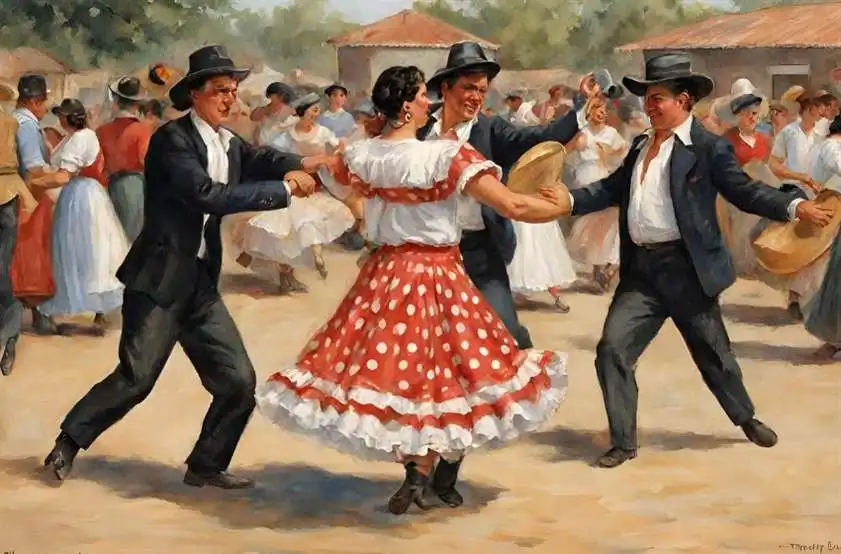
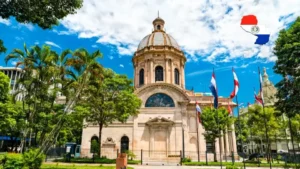
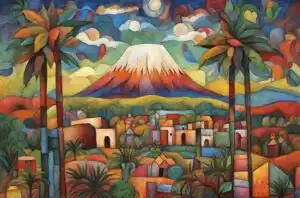
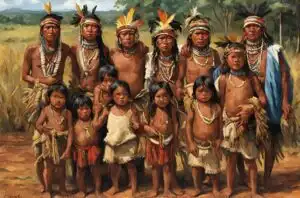
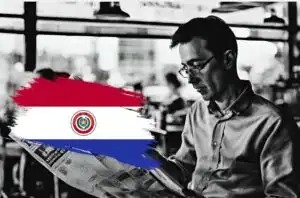
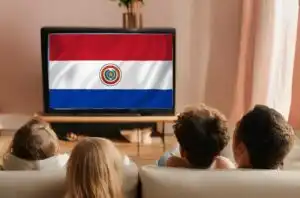
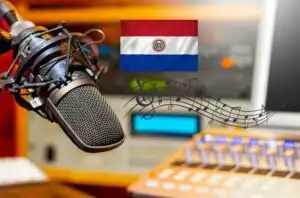
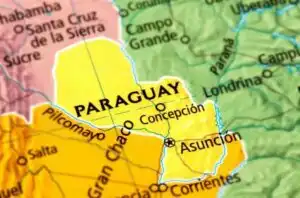
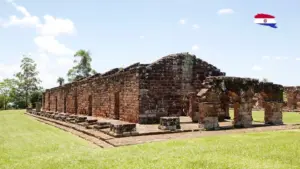
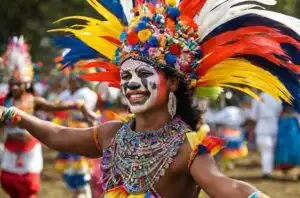
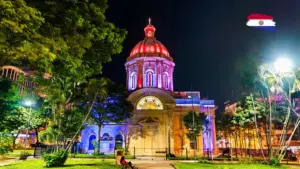
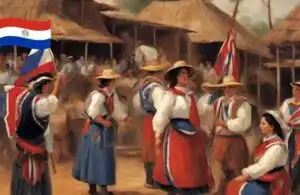
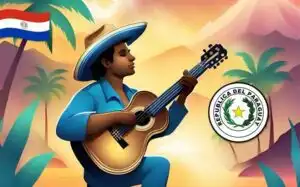
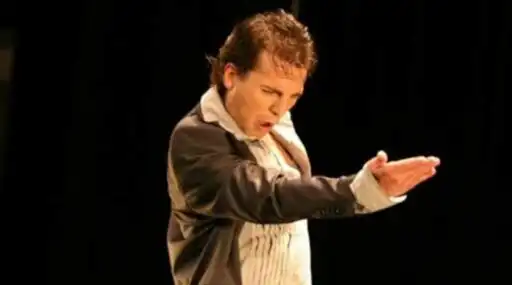
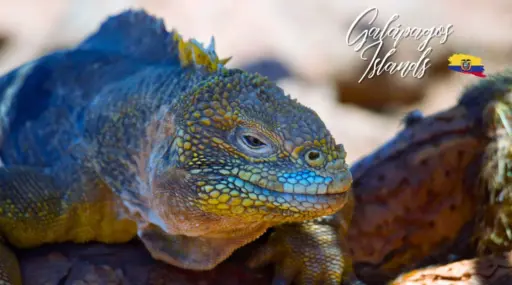
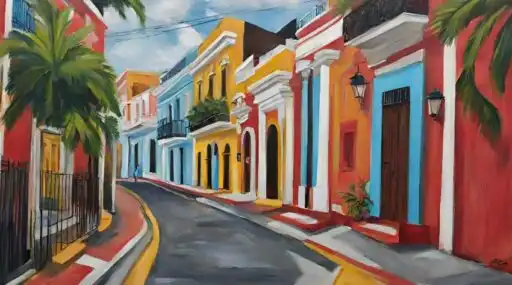
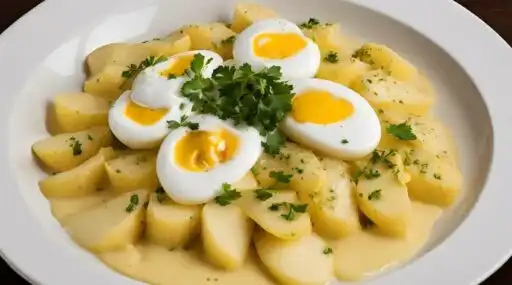
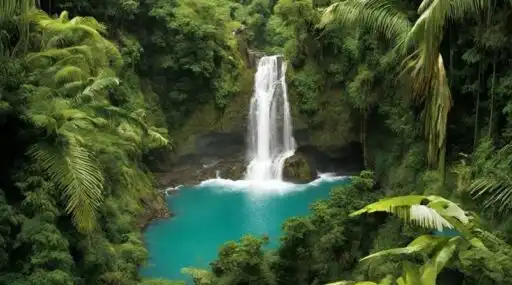
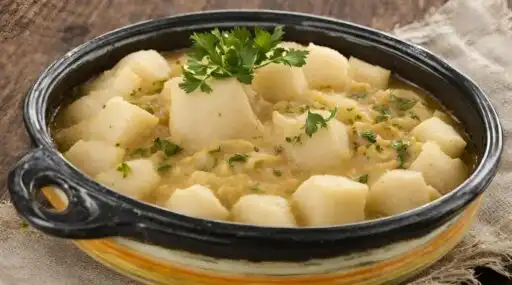
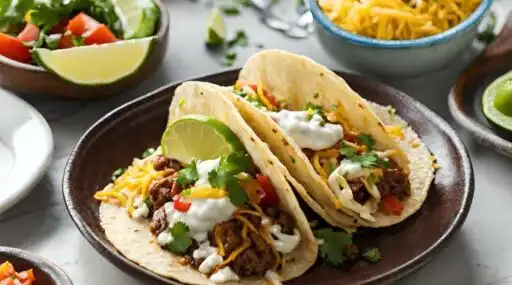
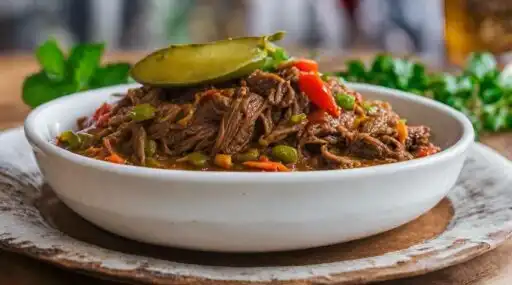

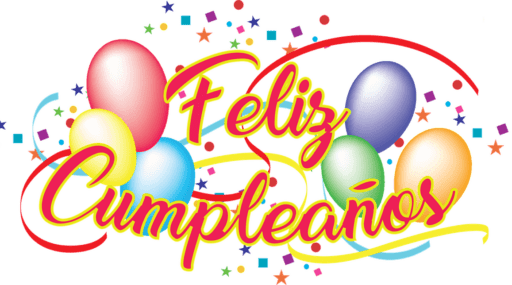
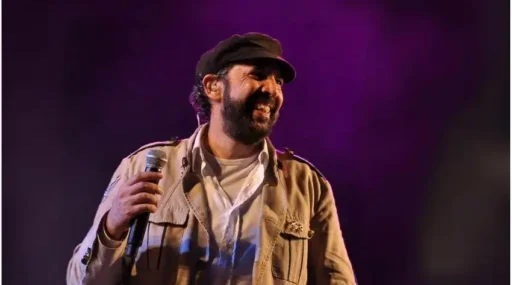
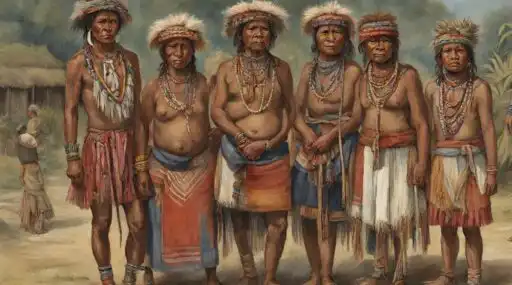
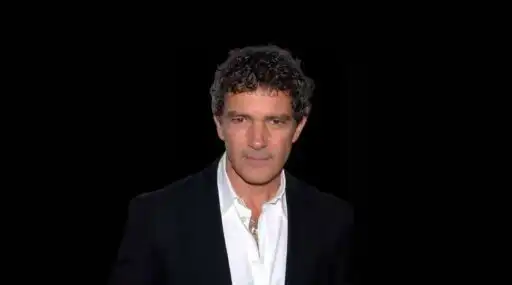
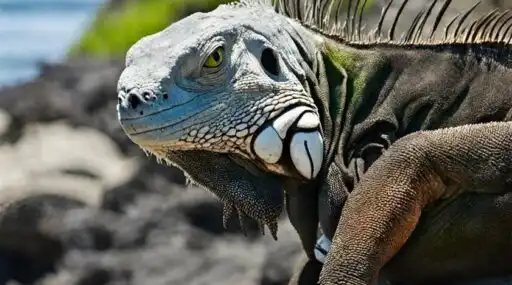
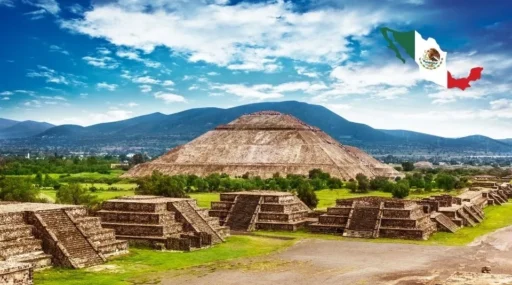
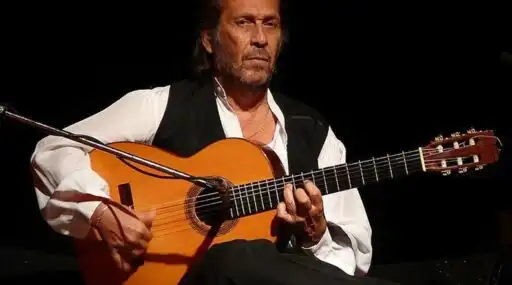
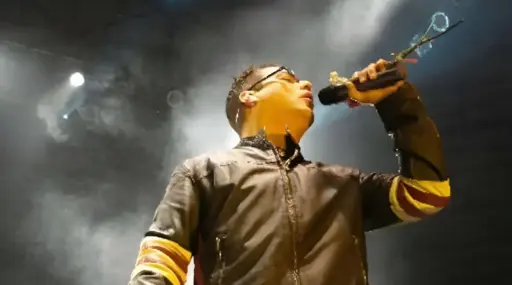
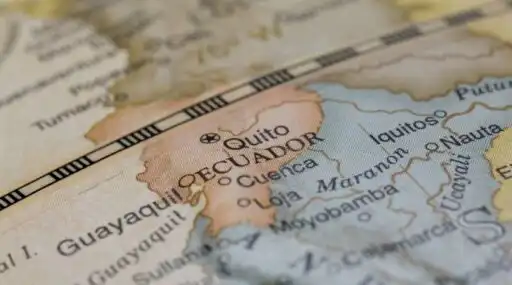
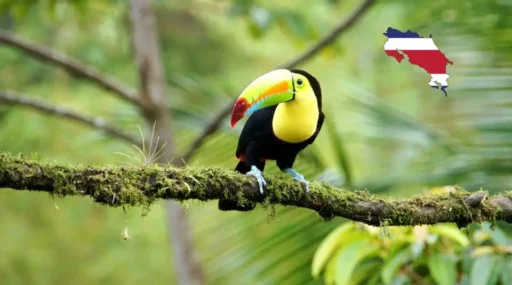

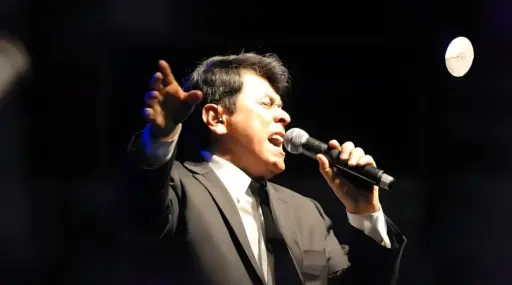
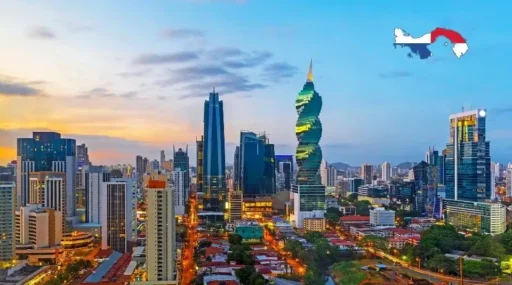
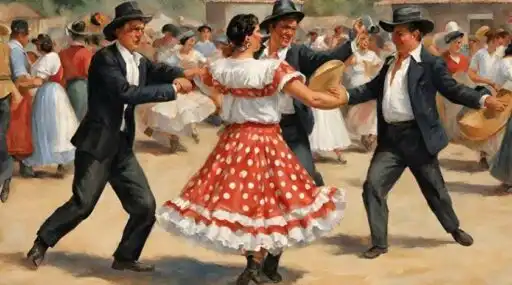
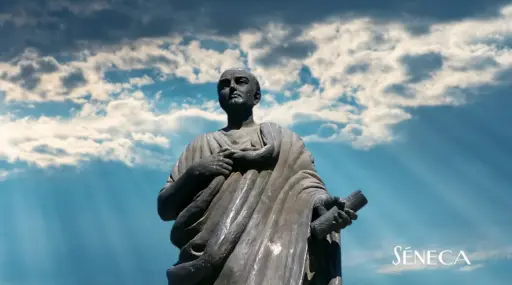
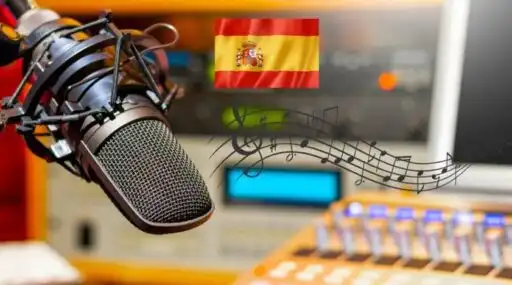
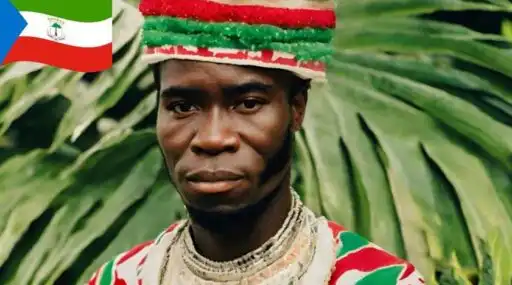
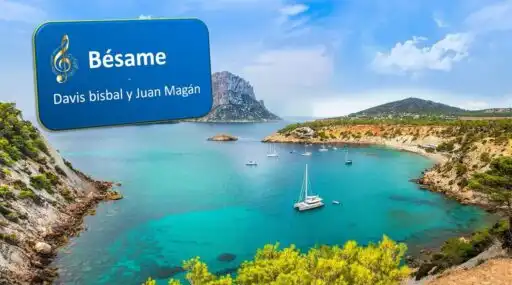
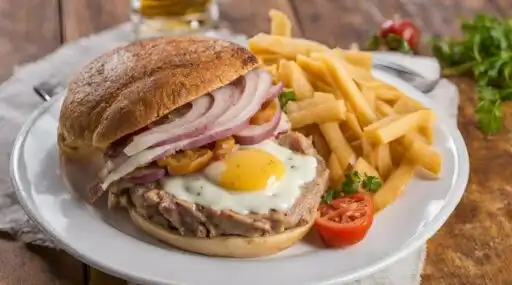
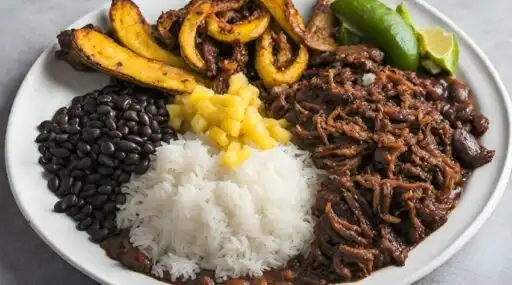
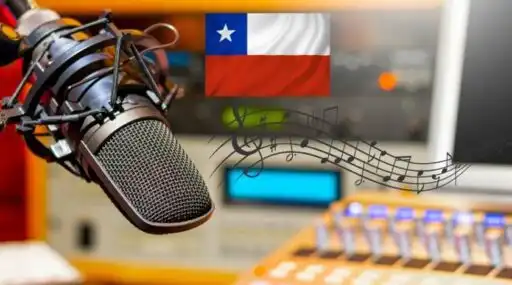
Leave a Reply